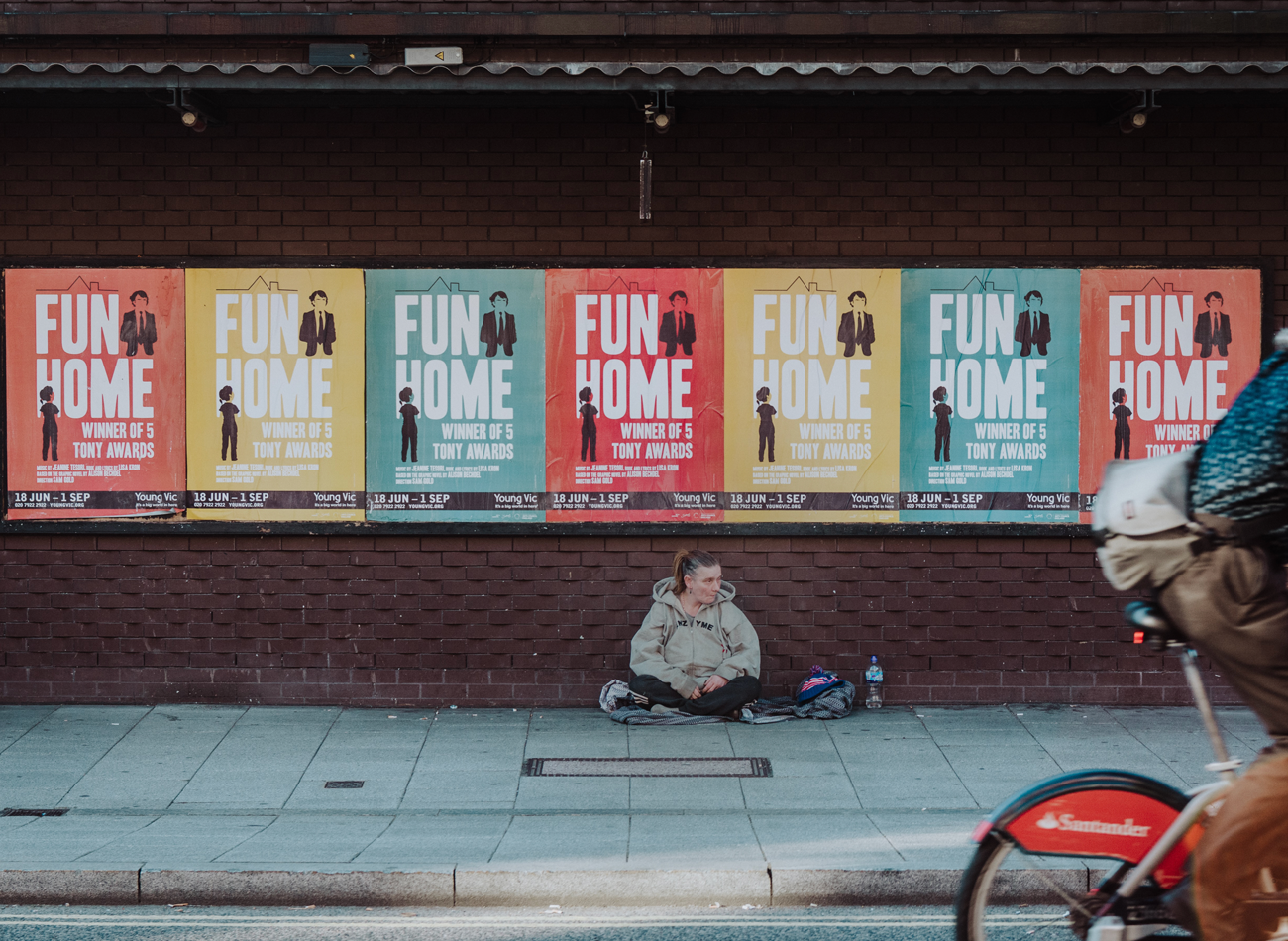In today’s age we live busy lives. Trying to balance between work, education, errands, exercise, etc. We end up with no time left and our social connections fall by the wayside. In addition, the COVID-19 pandemic has exacerbated this condition, resulting in loneliness arising. Research shows us that a lack of human connection can be more harmful for your health than obesity, smoking and high blood pressure. By neglecting our need to connect we put our health at risk.
The reality is that we’re living in a time of true disconnection. While technology seems to connect us more than ever, our screens disconnect us from nature, from ourselves and from others. Wi-Fi alone isn’t enough to fulfill our social needs. We need face-to-face interaction to thrive.
Now that we are beginning to emerge and are looking to recover from the Pandemic, we are observing a common trend: Outdoor environments for gatherings and social interaction are being preferred over indoor environments. We might need to collectively reimagine, reinvent, or even create public spaces at the heart of our communities. This is what placemaking is all about: strengthening the connection between people through the places they share.
Unfortunately, the rigid planning processes of the 20th century have become so institutionalized that community stakeholders rarely have the chance to voice their own ideas and aspirations about the places they inhabit. As architects, planners, designers and engineers, we need to welcome this kind of grassroots involvement to move beyond the narrow focus of our own professions, disciplines and agendas.
Now is not the time to continue with the traditional ways of doing things. If we don’t nudge behavior, streamline our processes and develop stronger partnerships to remove barriers and achieve collective, inclusive benefit – generated by the people who live, work and play in our communities – then we will miss the best opportunity in decades to transform our cities.






Leave A Comment